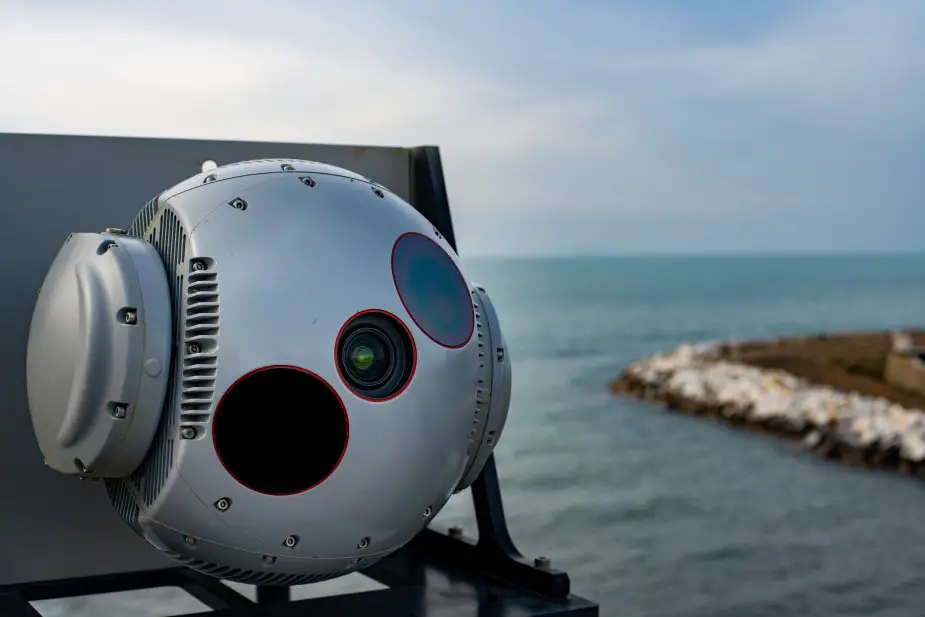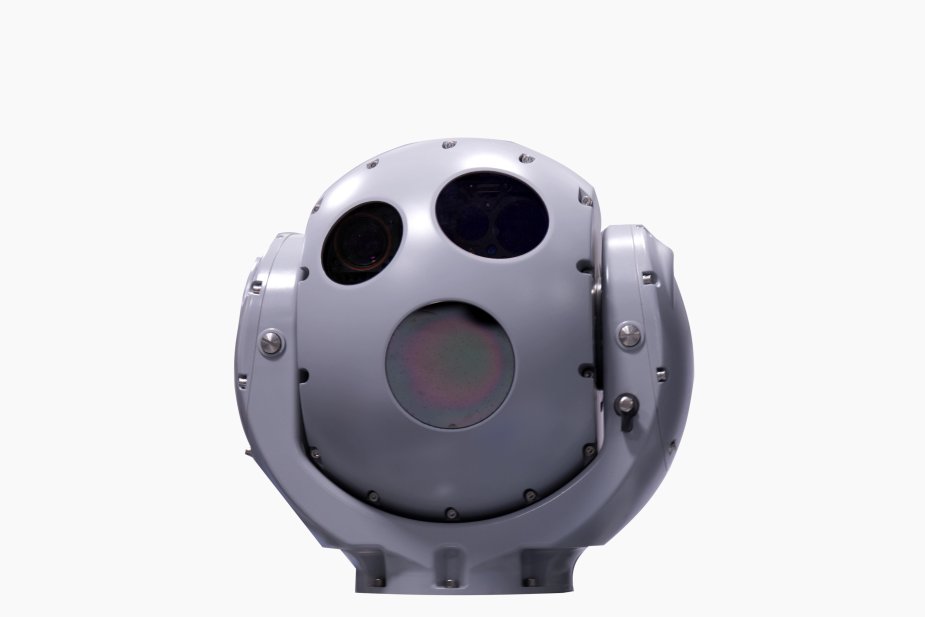Breaking news
Euronaval 2022: Leonardo unveils its DSS-IRST Distributed Static Staring Infra-Red Search and Track naval defense system.
The Naval Forces are undergoing a digital transformation to which Leonardo is able to respond, thanks to the development of innovative technologies such as Artificial Intelligence, automation, data processing, and information management.
 Distributed Static Staring-InfraRed Search and Tracking System (Picture source: Leonardo)
Distributed Static Staring-InfraRed Search and Tracking System (Picture source: Leonardo)
The company confirms itself as a natural partner of the Military Navies, being the protagonist of the multi-domain evolution in every single area -sea, air, land, cyber and space -and is able to offer that operational advantage essential to achieve success in increasingly complex challenges imposed by the new scenarios.
For over 50 years Leonardo has been a strategic partner of the Italian Navy and a reference for many naval forces around the world, who have chosen the company’s naval defense systems to equip over 1,000 vessels, including the new generation ones.
These include the latest generation DSS-IRST (Distributed Static Staring-InfraRed Search and Tracking System) developed by Leonardo to offer major naval units, such as the new LHD “Trieste” and the “PattugliatoriPolivalentid’Altura” (PPA) developed for the Italian Navy, not only all the features needed for a conventional IRST system but the state of the art in terms of new capacity and performance, providing ships with the utmost protection against multiple surface, missile and airborne long and short-range threats in both Littoral and Blue Water settings.
Its unique DSS IRST architecture, which will be unveiled at Euronaval in Paris, ensures real 360° coverage thanks to the positioning of four light, compact, mechanically stabilized static (non-rotating) Search Head Units (SHUs) with an azimuthal range of action of 90° each in high resolution. Leonardo’s new IRST system is also equipped with three additional units (Directional Head Units-DHUs).
The new hardware and software technologies developed as a result of Leonardo’s ongoing investment in research allow the DSS-IRST to simultaneously locate and track symmetrical targets such as sea-skimming missiles and asymmetrical targets such as MPADS and small vessels, automatically applying the most appropriate algorithm for the scenario.
The system is also designed to be the main support for navigation and situational awareness, also when the naval unit in which it is integrated is operating in silent (EMCON) mode.
Leonardo is a leader in Electro-Optical (EO) technologies and systems, providing high-performance products for the most demanding customers’ requirements worldwide.
This position is based on the company’s research and manufacturing experience in the core elements of an EO system including its infrared detector, stabilized EO director, and image processing algorithms. The company has a great deal of integration expertise installing EO products on naval vessels, land vehicles, and avionic platforms.
Leonardo’s complete solutions for the naval domain included naval Command & Control systems, weapon systems, sensors, underwater systems, optronic, maritime communication systems, aircraft, helicopters, unmanned systems, and space communication. With its technologies, Leonardo is able to satisfy all the mission requirements for any type of ship, class, and tonnage.
 DHU (Picture source: Leonardo)
DHU (Picture source: Leonardo)




























